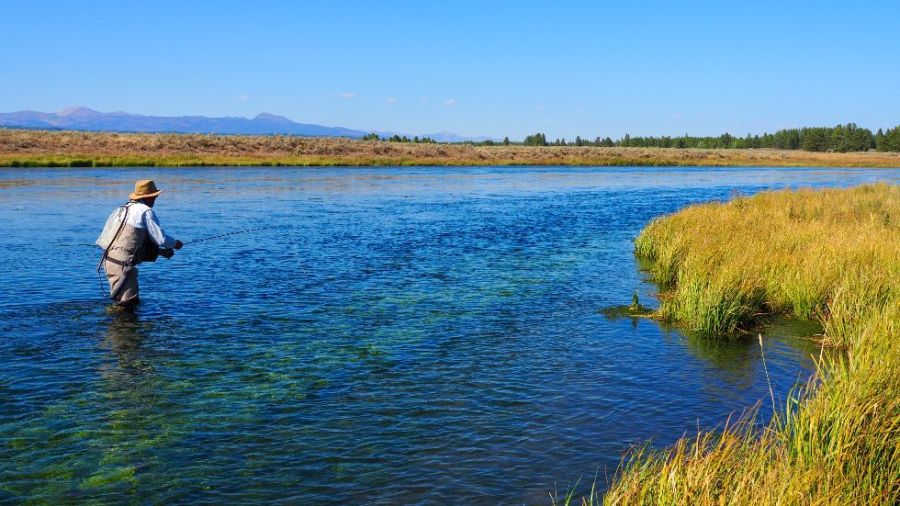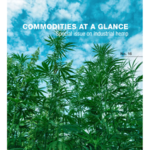
Global spending on protecting nature must double by 2025 in order to meet the challenges of climate change, land degradation and the loss of biodiversity, a new United Nations Environment Program (UNEP) report has found.
Public investment into projects that destroy nature and biodiversity are currently 3 to 7 times higher than spending on projects that bolster the environment, according to U.N.’s second report on the State of Finance for Nature.
Governments around the world currently spend about $154 billion per year on “nature-based solutions,” which use natural systems and processes to tackle social and economic goals.
“The science is undeniable. As we transition to net-zero emissions by 2050, we must also reorient all human activity to ease the pressure on the natural world on which we all depend,” UNEP executive director Inger Andersen said in a statement.
Andersen called on governments and private industry to invest in nature-based solutions. “Investments in nature are investments in securing the future for generations to follow,” she added.
The report comes the week before representatives of world governments are supposed to meet in Montreal, Canada for the fifteenth U.N. biodiversity congress.
One major goal of that meeting: to make an agreement that will stop — and then reverse — the loss of nature by 2030.
Doing so will require a lot more money, the UNEP found, particularly from business and finance. While governments currently provide the vast majority of funding for nature-based solutions — 83 percent — they will struggle to continue more.
The main source of additional funds is therefore the private sector, which currently spends about $26 billion on preserving nature, according to UNEP.
UNEP called on private industry to spend more on securing sustainable supply chains, pay for the ecosystem services they use, wind down climate- and biodiversity- harming activities and “invest in nature positive activities.”
The scale of funds needed for the task is vast. Keeping global warming below the still-destructive 2 degree Celsius red-line agreed upon at the 2015 Paris Climate Agreement will cost $9.5 trillion for nature-based solutions alone, UNEP found.
Keeping it to the merely-disruptive 1.5 Celsius, meanwhile, will require an additional $1.5 trillion, the U.N. found — most of which goes into sustainable agriculture and restoring carbon-sucking peatlands.
The oceans are an immediate candidate for more investment, UNEP found. Marine ecosystems have received just 9 percent of existing investment in nature — despite the fact that they cover 70 percent of the Earth’s surface, absorb 25 percent of global carbon dioxide and provide 17 percent of human society’s protein needs.
For the latest news, weather, sports, and streaming video, head to The Hill.




